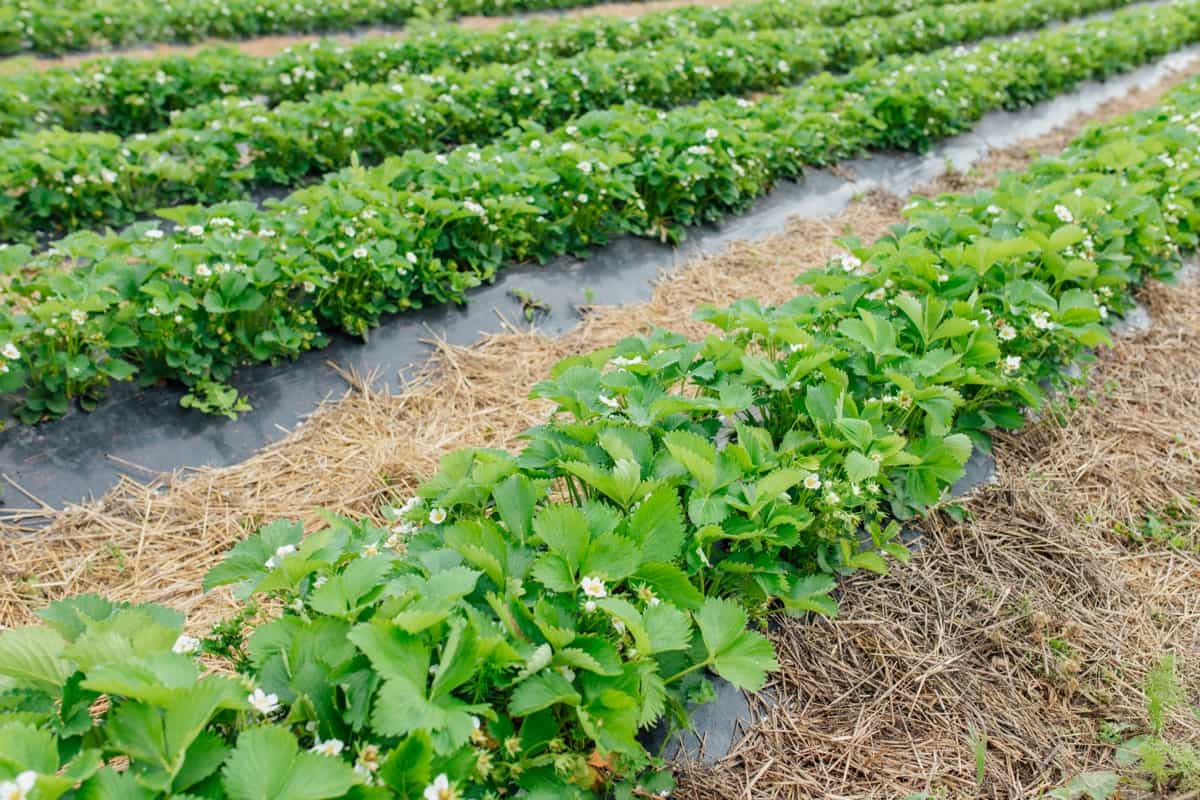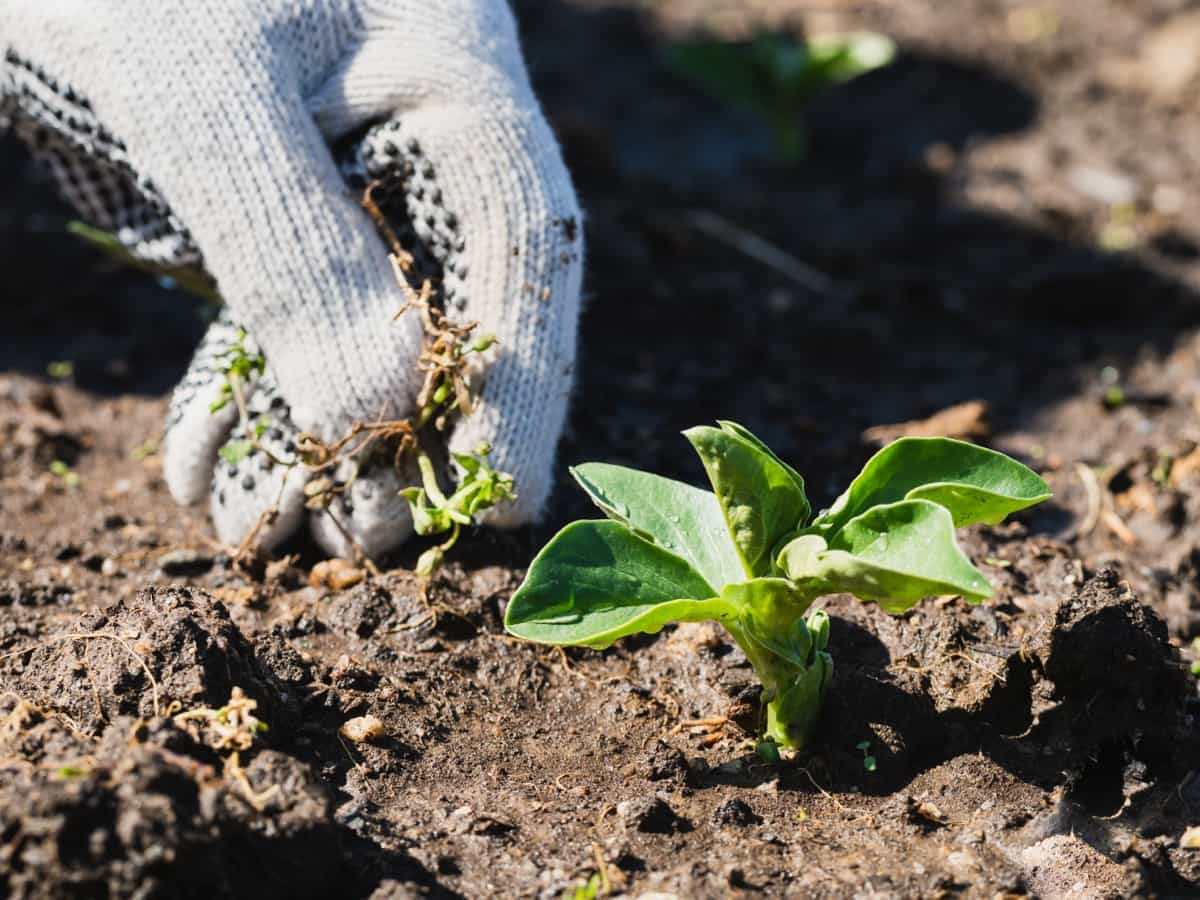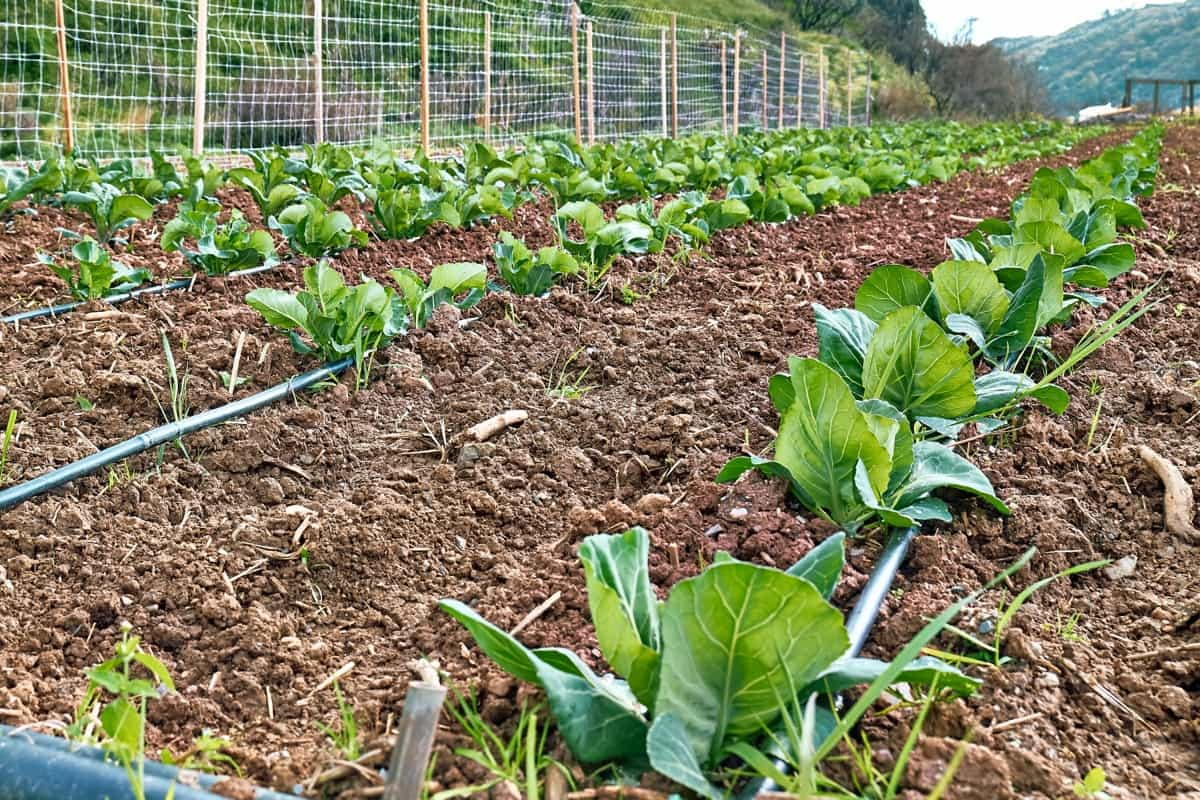Weed management is a crucial aspect of organic farming, as it plays a significant role in the overall success and sustainability of the agricultural system. Organic farming relies on natural processes, biological interactions, and ecological balance to achieve productive, resilient, and regenerative agricultural systems. Below we learn about non-chemical weed management techniques and their application in organic farming systems, emphasizing integrated biological weed management, cultural practices, mechanical methods, and biological control strategies.

Weed Management in Organic Farming
Integrated Weed Management
Integrated Weed Management (IWM) is a holistic approach that combines multiple weed management tactics in a coordinated and complementary manner. IWM aims to minimize weed pressure, reduce reliance on a single control method, and ultimately enhance the long-term sustainability of the farming system. It involves carefully selecting and integrating weed management practices based on local conditions, crop characteristics, and weed biology. IWM incorporates cultural, mechanical, and biological methods in organic farming systems to effectively manage weed populations.
Cultural Practices
- Crop rotation: Rotating crops helps break weed life cycles and disrupts the establishment of weed populations. It also helps manage soil fertility and reduces the risk of diseases and pests.
- Cover cropping: Cover crops are grown to suppress weed growth by competing for resources, such as sunlight, water, and nutrients. They also improve soil structure, enhance water infiltration, and promote beneficial soil organisms.
- Mulching: Applying organic or synthetic mulches on the soil surface can suppress weed germination and growth by blocking sunlight, reducing soil temperature, and conserving moisture.
- Plant spacing and seeding rates: Adjusting plant spacing and seeding rates can help optimize crop competition against weeds. Dense plant stands can suppress weed growth by shading the soil surface and competing for resources.
- Proper fertilization: Applying appropriate amounts of organic fertilizers and amendments can help maintain soil fertility and promote vigorous crop growth, which can outcompete weeds.
Mechanical Methods
- Tillage: The process of mechanically working the soil to bury or uproot weeds is known as tillage. It can be done using various implements, such as plows, discs, harrows, and cultivators. However, excessive or improper tillage can lead to soil degradation and erosion.
- Mowing: Mowing can be used to cut off weeds at or near the soil surface, suppressing their growth and preventing seed production. It is essential to time mow correctly to maximize its effectiveness and minimize crop damage.
- Hand-weeding: Hand-weeding is a labor-intensive but precise method for removing weeds from the crop. It can be particularly useful in small-scale organic farming systems, where targeting specific weed species without damaging crops is easier.
- Mechanical cultivation: Mechanical cultivation can uproot or cut weeds in-row and between rows. Equipment such as row cultivators, finger weeders, and rotary hoes can be used for this purpose.
Biological Control Strategies
Biological control strategies involve the use of living organisms to suppress weed populations. These strategies can be a valuable component of weed management in organic farming systems, as they are generally compatible with other organic practices and can contribute to overall ecosystem health. Some key biological control strategies include:
- Allelopathy: Allelopathy is the process by which certain plants release chemicals that inhibit the growth of neighboring plants, including weeds. Incorporating allelopathic plants into the cropping system, such as rye or sorghum-sudangrass, can help suppress weed growth.
- Grazing: Grazings by livestock, such as sheep or goats, can be an effective method for controlling weeds, especially in perennial or pasture systems. Proper management is required to prevent overgrazing and to ensure that the target weeds are consumed preferentially.
- Insects and pathogens: Some insects and pathogens can be used to control specific weed species. For example, the beet leafhopper can transmit a virus that affects certain invasive weeds, while the weevil Rhinocyllus conicus feeds on the seeds of some thistle species.
- Competitive plant species: Introducing competitive plant species that can outcompete weeds for resources can help suppress weed growth. For instance, planting legumes as cover crops can help compete with weeds for sunlight, water, and nutrients.
In case you missed it: The Pros and Cons of Organic Fertilizers: A Beginners Guide

Monitoring and Decision-Making
Effective weed management in organic farming systems requires continuous monitoring and informed decision-making. Farmers should routinely scout fields to identify weed species, assess their population densities, and evaluate the effectiveness of control measures. Farmers can make better decisions about when and how to intervene by understanding the biology and ecology of weeds. Monitoring also helps identify new weed problems and potential shifts in weed populations, which can inform future management strategies.
Challenges and Opportunities
Organic farming systems face unique challenges in weed management, primarily due to the limited availability of chemical herbicides. This requires a greater reliance on cultural, mechanical, and biological control methods, which can be labor-intensive and sometimes less effective than chemical control. However, these challenges also present opportunities for innovation and the development of new tools and techniques.
Research on alternative weed control methods, such as robotics and machine learning for precision weed management, is ongoing and shows promise for the future of organic farming. Furthermore, integrating traditional knowledge with modern agricultural practices can help improve weed management outcomes in organic systems.
Precision Agriculture Technologies
- Remote sensing: Satellite, aerial, and drone imagery can be used to monitor weed populations, identify problem areas, and assess the effectiveness of weed control measures. This information can help farmers target their efforts and optimize weed management practices.
- GPS and GIS: Global Positioning System (GPS) and Geographic Information System (GIS) technologies can be used to map weed populations and track the success of weed management efforts. This can help farmers identify trends and develop site-specific weed control plans.
- Variable Rate Technologies: Variable rate technologies enable farmers to apply inputs, such as seeds, fertilizers, or amendments, at different rates across a field based on the specific needs of each area. Organic farming can help create more competitive crop stands and optimize nutrient management to suppress weed growth.
In case you missed it: How to Use Green Chilli Garlic Mix as Organic Pesticide for Your Garden Plants

Conclusion
Weed management in organic farming requires a comprehensive approach that combines integrated weed management, cultural practices, mechanical methods, and biological control strategies. Ongoing research and innovation will continue to improve weed management practices in organic farming, ensuring a sustainable and productive future for agriculture.
- Feed Your Flock for Less: Top 10 Tips to Save on Chicken Feed
- Ultimate Guide to Ossabaw Island Hog: Breeding, Raising, Diet, and Care
- Hatching Answers: The Top 10 Reasons Your Chickens Aren’t Laying Eggs
- Eggs and Economics: Breaking Down the Cost of Raising Backyard Chickens
- Defend Your Greens: Proven Methods to Keep Iguanas Out of Your Garden
- Ultimate Guide to Cinnamon Queen Chicken: A Comprehensive Guide for Beginners
- Ultimate Guide to California Tan Chicken: Breeding, Raising, Diet, Egg-Production and Care
- Ultimate Guide to Marsh Daisy Chicken: Breeding, Raising, Diet, and Care
- 10 Types of Chicken Farming Businesses You Can Start for Profits